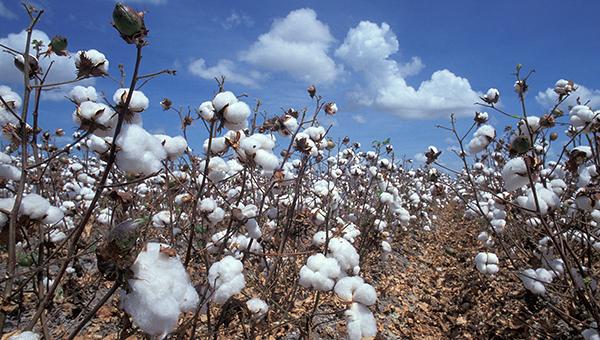Once you know a few fiber blends, you will have an idea of how the shirt you are ordering will feel against your skin and even how it will need to be washed. A good trick is to pick your favorite pieces based on fabric from your closet and shop for items with similar fibers. If you cannot find the fiber details on the neck tag, there should be another tag sewn into the left side seam with washing instructions, fiber content and fabric sourcing information.
Fiber content analysis is the chemistry of apparel design. Some colleges offer entire degree concentrations on the subject, and luckily the apparel design program only requires two classes. That being said, the distinction between natural and synthetic fibers should be fundamental to any buyer. Natural fibers tend to be more expensive but feel softer, last longer and smell better. Synthetic fibers are entirely man-made and often give off chemical aromas. Synthetic fibers are easy to manufacture, therefore selling at a lower price. Do not be fooled into paying high dollar for a synthetic shirt that will not be as comfortable as a natural fiber competitor.
Fiber content in leggings can be tricky. A good pair will have 5 to 10 percent spandex blended with cotton, which may end up pilling, or polyester, which might run. In this case, fiber content determines how to wash and wear different leggings. A common misconception is that Lycra differs from spandex. Spandex simply means that the fiber’s properties are rubbery and stretchable; there is no technical difference between Lycra and spandex. Spandex is a generic name of a fiber, while Lycra is a trademarked spandex product. Use of the word “spandex” is only common to the United States. In other parts of the world, elastane is predominately used to describe the same fiber. So if you are ordering from a foreign clothing company and see 8 percent elastane in the fiber description, it will stretch like your favorite pair of leggings.









